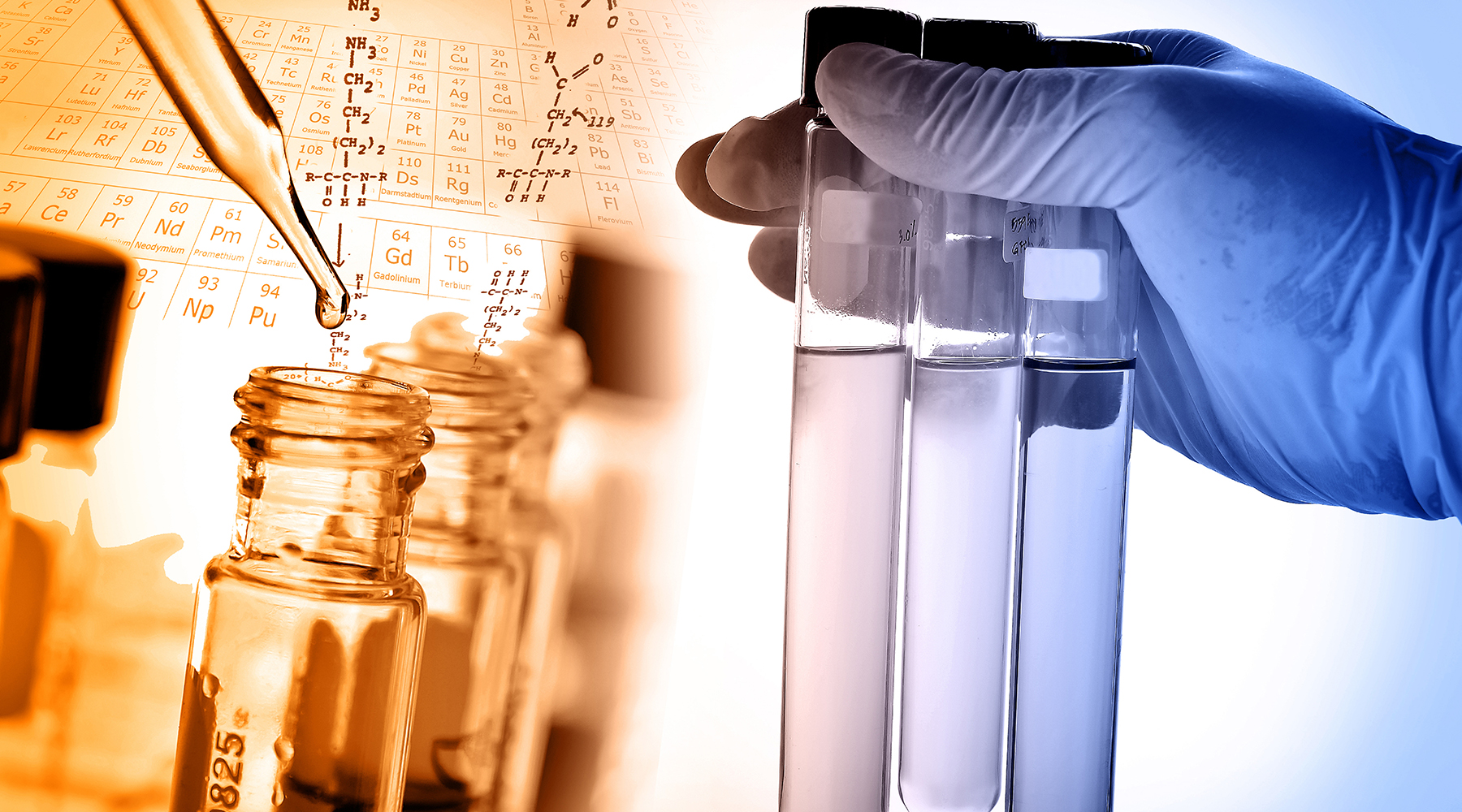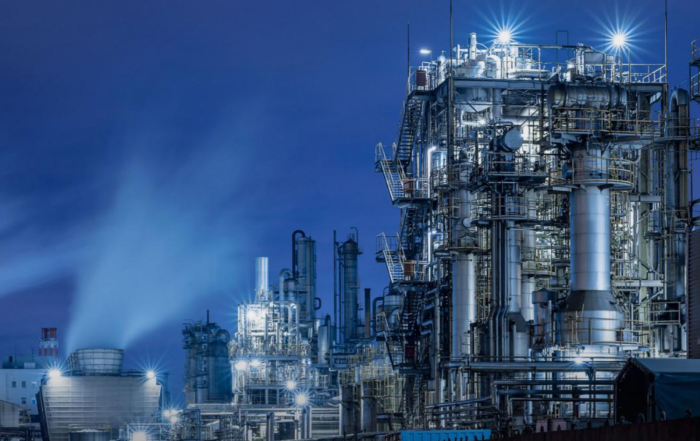01 Hazardous Chemical Explosion Scene
Unlike ordinary explosions and fires, hazardous chemical explosions pose greater risks and are more likely to trigger chain explosions and the spread of harmful gases. So, in this sudden situation, how should ordinary people save themselves?
On site: Quickly evacuate in the upwind direction
Generally speaking, few people can remain calm when encountering such sudden explosions. The editor tells everyone that there is only one principle at this time: quickly evacuate towards the upwind direction, and be sure to firmly remember this one.
If the explosion is located in your upwind area, pay special attention: usually subconsciously, run away from the direction of the explosion point. If the gas after the explosion is toxic, it will always be on the path of the toxic gas. The correct way is to avoid the explosion point and evacuate towards the upwind direction.
Gas, due to its low density, is greatly affected by wind. A gentle breeze of 1-2 levels is enough to make the gas blow steadily in one direction, which can be recalled from the smoke emitted from a chimney. In other words, as long as there is a slight breeze, toxic gas should be used, and the upper air vent should be fully activated while the lower air vent should be ventilated. Therefore, do not stay in the lower air vent. Remember, it’s not the farther the better, it’s the upwind!
What Should Nearby Residents do?
1. Do Not Watch! Don’t Spontaneously Organize To Save People!
Do not attack within the police cordon, as it may cause harm to yourself and disrupt the entire rescue process. Surrounding residents should also not go and watch, as the internal situation is uncertain. At least two explosions have already occurred, and there may be more explosions, with a potentially larger impact area.
2. Ensure Traffic And Obey Commands!
Make way for the passage, keep the rescue traffic clear, avoid concentrated areas, do not engage in spontaneous activities along the way, and do not watch the rescue. Ensuring traffic and obeying commands is the greatest contribution to saving lives.
3. Don’t Panic Blindly, Don’t Believe Rumors!
Timely watch, listen, and receive government notifications. If there are significant hidden dangers that will affect the surrounding environment, the government will notify everyone through official channels and make arrangements for their evacuation and relocation. Don’t spread rumors easily to avoid excessive panic, and don’t give up your home easily.
4. Stay Calm And Take protective Measures!
If you are not in a dangerous area, there is no need to panic, you can remain calm. If you are worried, you can do some self-examination and prepare some daily protective equipment within the allowed conditions. If you are worried about chemical leakage, you can wear an activated carbon mask.
What Should Survivors Do On Site?
1. Stay calm: Be sure to stay calm, as impatience can reduce resistance and increase oxygen consumption.
2. Safe transfer: Observe the surrounding environment and transfer yourself to a safe place. Do not move blindly to avoid aggravating the injury.
3. Timely adjustment: Adjust one’s various vital signs in a timely manner, conduct self-examination of the body, and find ways to clean up any sediment in the mouth and nose. Check if there is heavy bleeding in the body, all you can do is stop the bleeding. If there is blood coming out of the “whoosh”, be sure to find a way to stop the bleeding, such as pressing or tearing clothes, towels, sheets, etc. to make a “tourniquet” for yourself.
4. Call for help correctly: Do not blindly shout continuously. You can find something to knock on or shout indirectly to maintain physical strength.
5. Ensure breathing: Fires are usually accompanied by thick smoke, which contains chemicals. You can use a handkerchief or towel dipped in it to cover your mouth and nose, because smoke is lighter than air and is safer at 30-60 centimeters, which is about the half squatting position of an adult.




